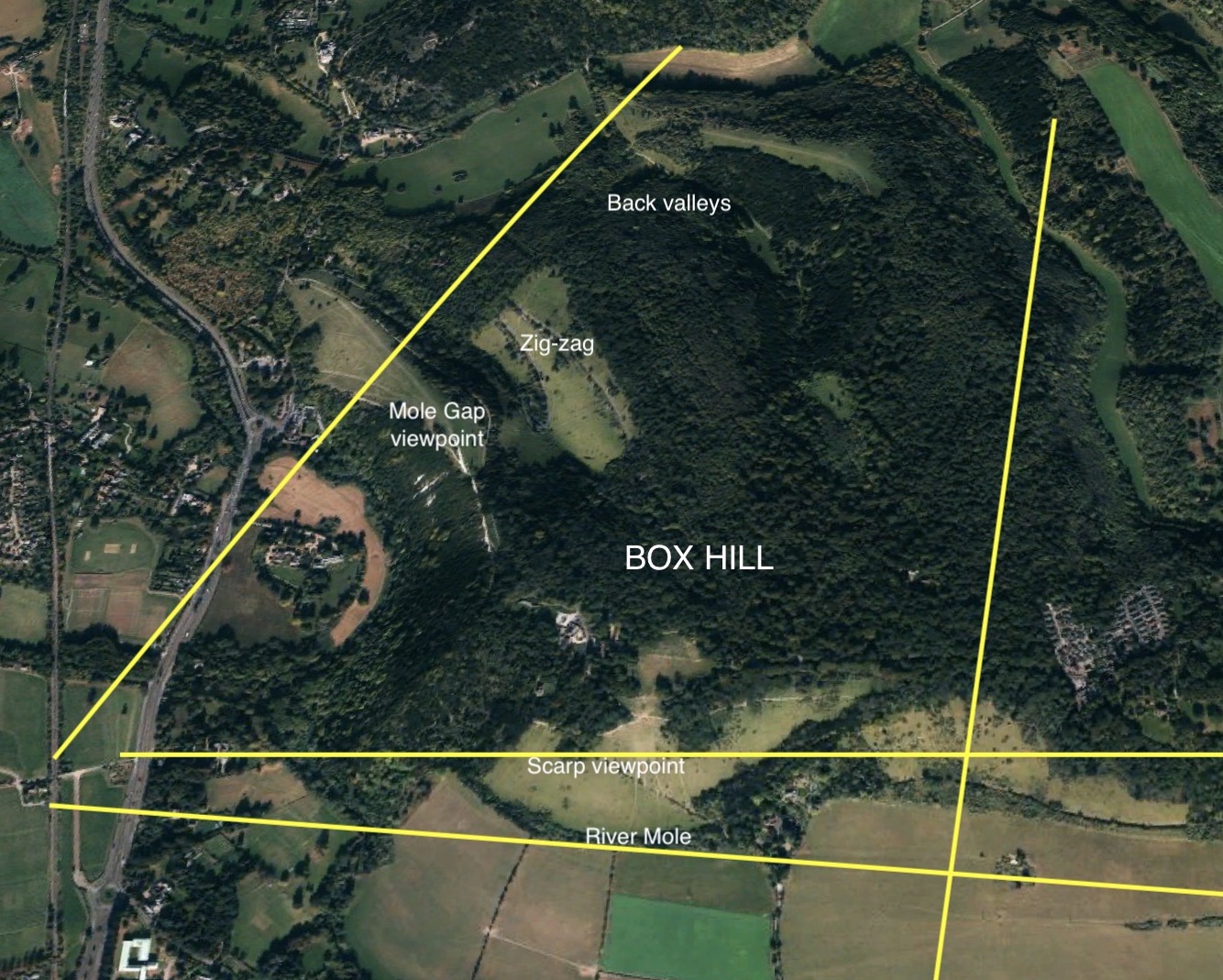Mind the gap

To the west of Box Hill you will find a narrow river valley, formed tens of thousands of years ago by the River Mole. It must have once been a mighty river, not the shallow, sluggish water course that it is today. In recent posts you will find maps of the Box Hill area with identified flight lines of migrating birds. I have marked such flight lines along the Mole Gap, but in recent weeks the birds had not been using them - until today. I arrived at my favoured Box Hill vantage point at 06.30 hrs. It is a small area of flat ground on the scarp slope with views eastwards and, most crucially today, westwards, across the Mole Gap and on towards Ranmore. Thrushes were on the move quickly afterwards, a mixture of Redwings and Fieldfares. After approximately 75 minutes I had recorded at least a thousand of both species. By 09.00hrs the Fieldfares had tailed off, with the stream of Redwings more or less coming to a halt by 10.30hrs. An hour later I called it a day. The final totals were: 406



